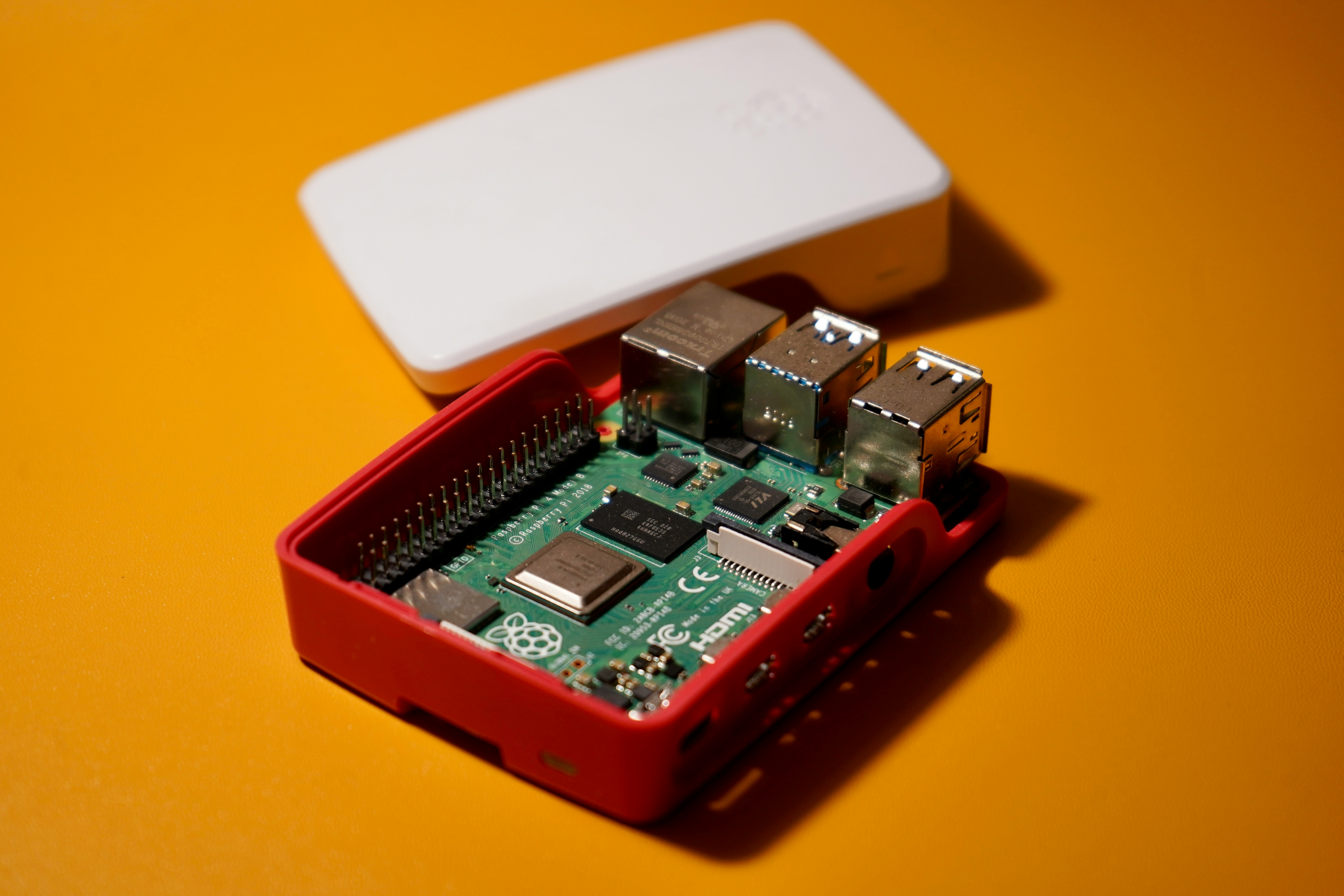Exploring the Unseen Potential of E-Ink Technology
E-Ink technology has been around for quite some time now, primarily embraced by the e-reader industry. But, given the pace of the tech world, could this low-power, sunlight-readable technology be due for a renaissance? This article delves into the past, present, and potential future of E-Ink technology, exploring its untapped possibilities in an energy-conscious world.

A Walk Down the E-Ink Memory Lane
E-Ink (Electronic Ink) technology first broke ground in the late 1990s, a product of the Massachusetts Institute of Technology’s Media Lab. At its core, E-Ink is a type of electronic display that mimics the appearance of ink on paper. Unlike typical backlit screens, E-Ink screens rely on reflected light—much like paper—making them more comfortable to read and more power-efficient.
The E-Ink Today: Beyond E-Readers
Today, E-Ink’s most notable application remains in e-readers like Amazon’s Kindle and the Barnes & Noble Nook. However, the technology’s inherent energy efficiency and easy readability have seen it slowly infiltrate other sectors. For instance, some smartwatches have adopted E-Ink displays to prolong battery life and enhance outdoor readability.
The Untapped Potential of E-Ink
Despite its advantages, E-Ink has not seen widespread adoption in the tech world. This is primarily due to its relatively low refresh rate and grayscale nature. However, advancements in E-Ink technology have now made color displays and improved refresh rates possible.
This opens up exciting avenues for E-Ink, particularly in today’s energy-conscious world. As the tech industry grapples with the challenge of producing power-efficient devices, E-Ink could prove a game-changer. For instance, imagine laptops with E-Ink screens that could run for days without charging or smart home devices that use minimal power.
The Market Impact and Price Range
The adoption of E-Ink in more tech gadgets could potentially lower their energy consumption, giving them a unique selling point in a competitive market. As for pricing, E-Ink displays are generally more expensive to produce than their LCD or OLED counterparts. However, as with any technology, increased demand and production could bring costs down over time.
The Future of E-Ink
While the full potential of E-Ink is yet to be realized, the future looks promising. As technology continues to evolve, and as society becomes more conscious of energy consumption, we may see E-Ink making its way into more of our everyday gadgets.
In conclusion, while E-Ink technology currently seems relegated to e-readers and a handful of other devices, its inherent properties and recent advancements may spur a broader acceptance in the tech world. As we continue to push the boundaries of what’s possible, it’s technologies like E-Ink that remind us of the value in revisiting and reinventing the wheel.





